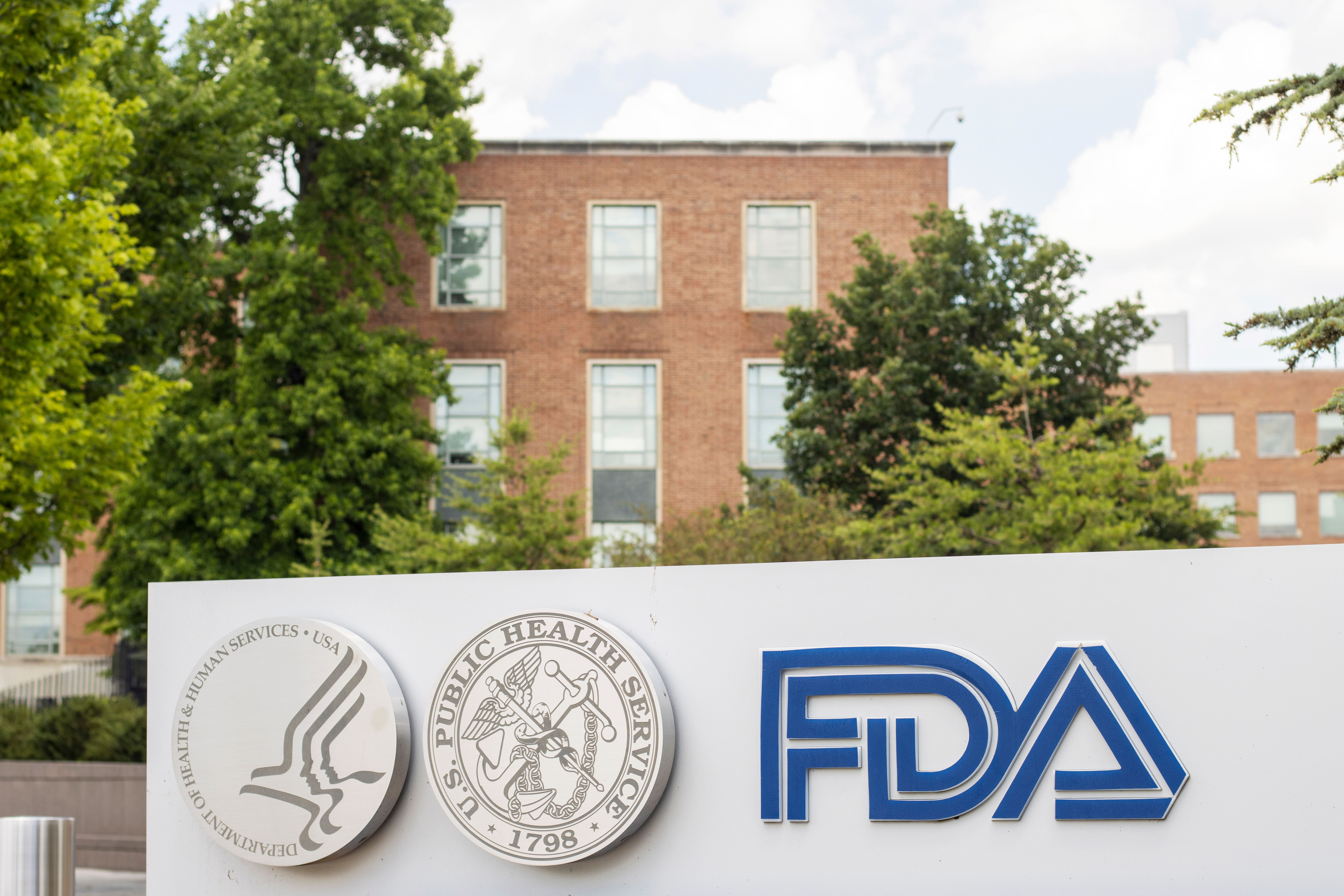- Acne
- Actinic Keratosis
- Aesthetics
- Alopecia
- Atopic Dermatitis
- Buy-and-Bill
- COVID-19
- Case-Based Roundtable
- Chronic Hand Eczema
- Chronic Spontaneous Urticaria
- Drug Watch
- Eczema
- General Dermatology
- Hidradenitis Suppurativa
- Melasma
- NP and PA
- Pediatric Dermatology
- Pigmentary Disorders
- Practice Management
- Precision Medicine and Biologics
- Prurigo Nodularis
- Psoriasis
- Psoriatic Arthritis
- Rare Disease
- Rosacea
- Skin Cancer
- Vitiligo
- Wound Care
Article
'I am importing cheaper medications from Canada. How can I be in trouble?'
There is still a natural desire to get the same medications from a cheaper source. Dr. Sue turned to Canada. Other physicians have turned to Europe and South America. But whatever the source, Dr. Sue's actions are illegal.

What is clear is that prescription drug expenditures are one of the fastest-growing segments of the U.S. healthcare system. Since 1996, prescription drug spending has increased 15 percent or more each year, while spending for hospital care and physician services has risen by only 10 percent and 8 percent, respectively. In 2002, overall spending on prescription drugs was more than $162 billion.
Contributing factors Several factors have led to this tremendous rise. First, prescription drug use per capita has grown dramatically, in part because of the aging population. In addition, older, less-expensive drugs are being replaced by new, high-priced drugs. Finally, many manufacturers have increased the prices of drugs already on the market. Between 1993 and 2003, the rise in retail prescription prices actually doubled the rate of inflation. With such increases, many consumers may be forced to choose between purchasing basic necessities and filling their required psoriatic treatment prescriptions.
Reason behind cost In all fairness, the pharmaceutical industry maintains that the reason for the high prices of U.S. drugs is the cost of the research and development needed for new breakthroughs. In 1993, the pharmaceutical industry spent $12.7 billion on research and development. A decade later this figure had more than doubled, to more than $33.2 billion.
With all this said, there is still a natural desire to get the same medications from a cheaper source. Dr. Sue turned to Canada. Other physicians have turned to Europe and South America. But whatever the source, Dr. Sue's actions are illegal.
Newsletter
Like what you’re reading? Subscribe to Dermatology Times for weekly updates on therapies, innovations, and real-world practice tips.











